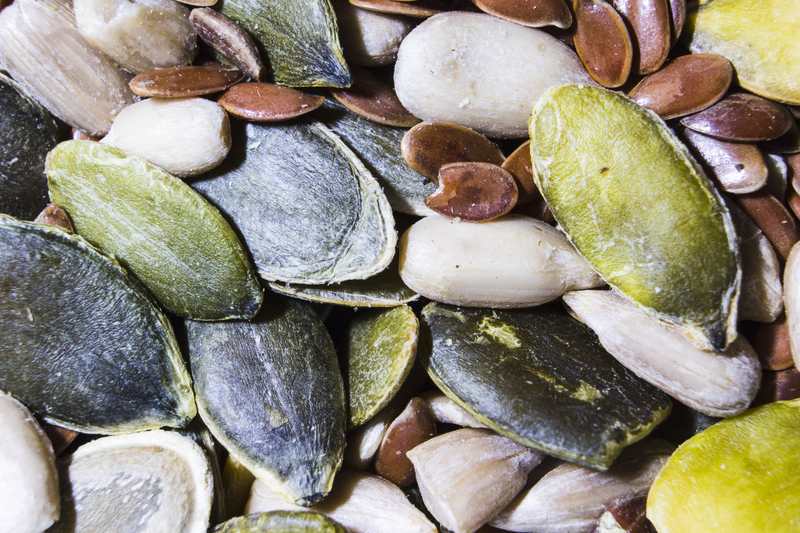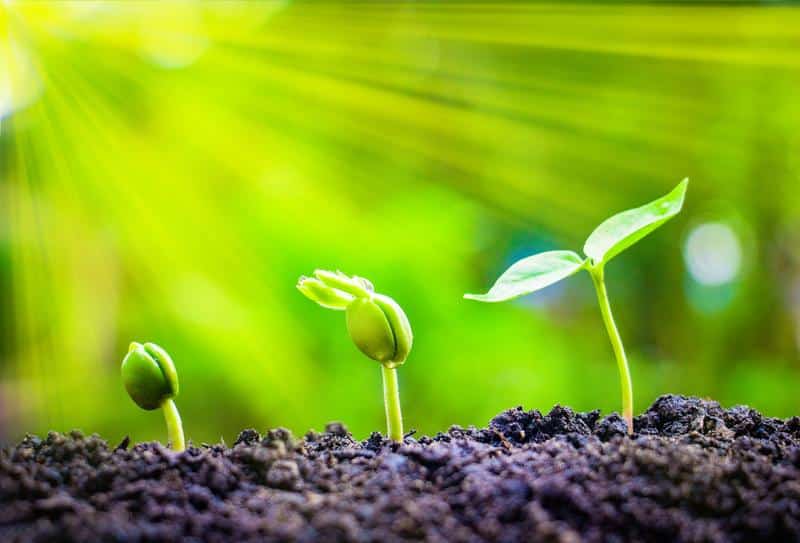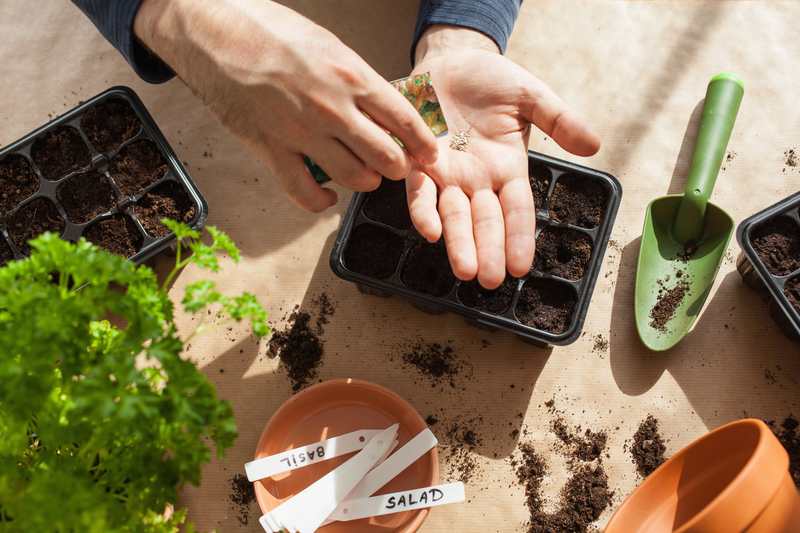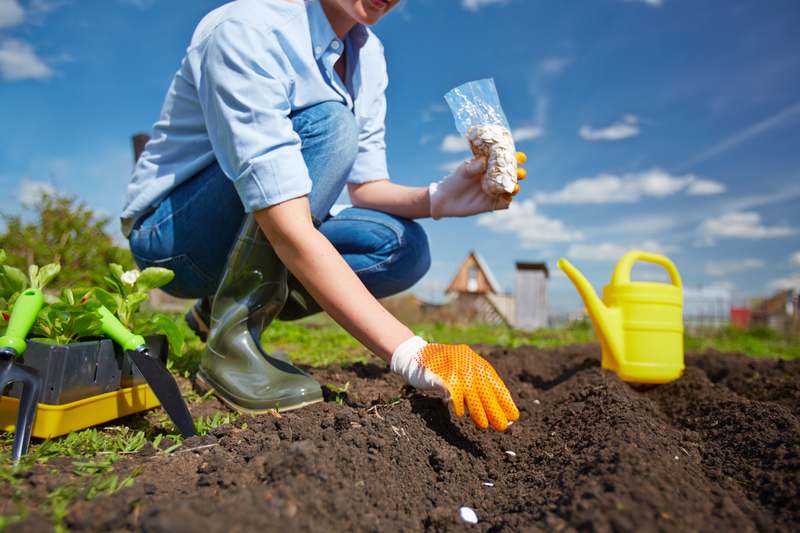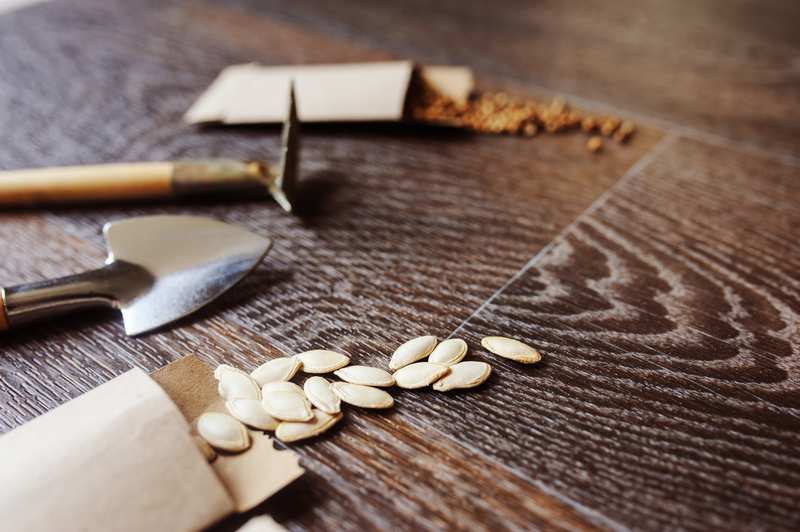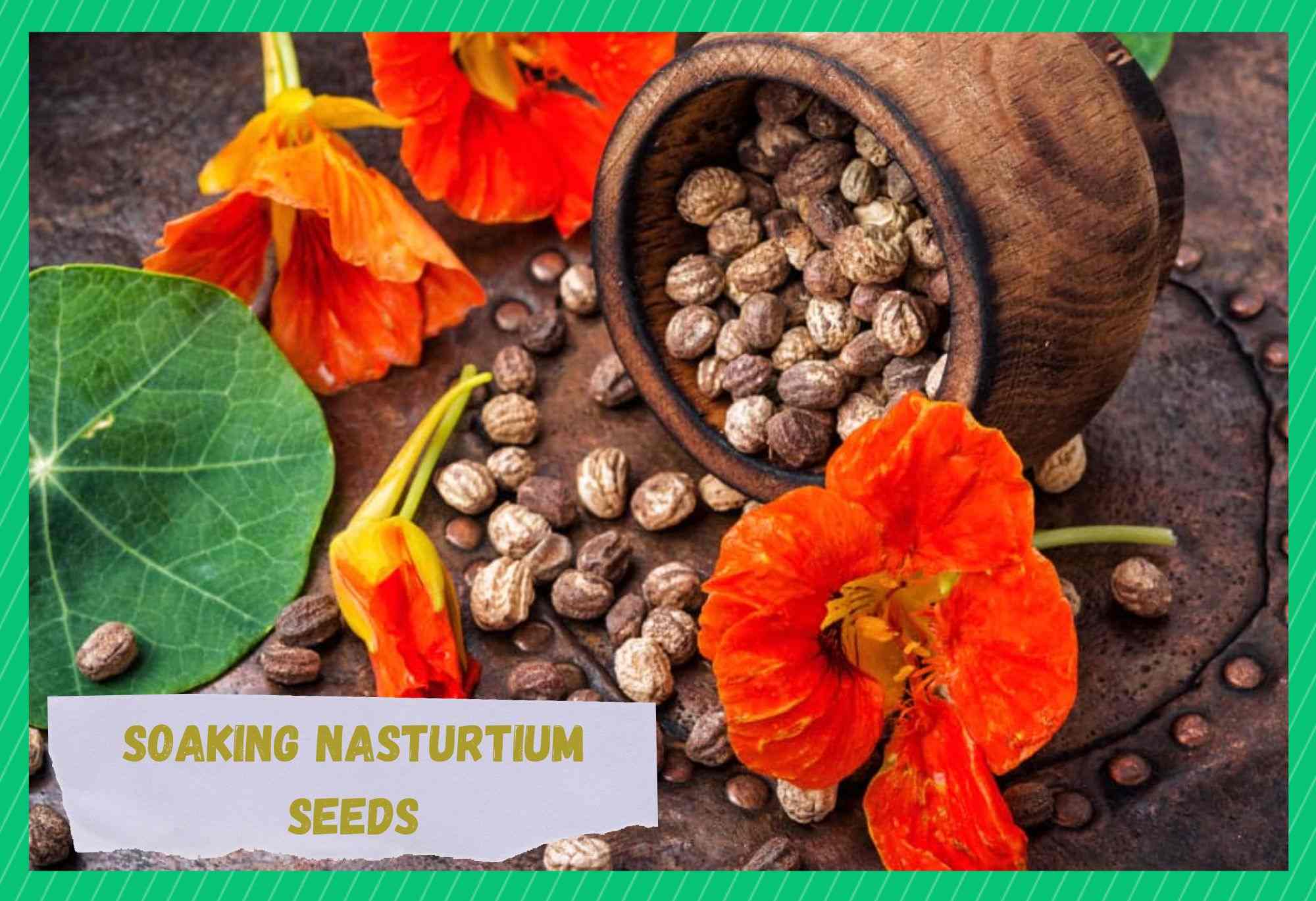
The nasturtium is a fascinating plant. Not only is it wonderful to look at, but it also has multiple uses. Alongside adding color and aesthetics to the garden, it can help attract pollinating insects, which are used for the rest of your garden.
The plant is also seen as a great source of food for caterpillars and therefore acts as a shield protecting the other plants from getting eaten.
Additionally, these nasturtium plants for also safe for human consumption. They are plants that love the warmth and only grow in the summers and warmer climates. These plants are relatively easy to grow from seeds, though there are a few things to consider before beginning the process.
Soaking Nasturtium Seeds
Before the sowing of particular seeds, such as the nasturtium, you may often find that it is recommended to soak the seed prior. By doing this, it can provide a number of benefits to the growth process.
What Kind of Seeds Need To Be Soaked?
Several seeds can be soaked to help speed up germination. These can vary, but hard-shelled seeds such as those of the nasturtium greatly benefit from a pre-soak. For seeds that have a softer shell, a shorter pre-soak is required as opposed to those that have a more rigid shell.
How Can Soaking be Beneficial?
Several seeds benefit from some soaking. By soaking a seed before planting, you can speed up the time required for germination. This process is referred to as imbibition, where the seeds need to take in some water in order to trigger the process of germination.
As a general rule, large seeds such as nasturtiums, peas, melons, and beans need to be kept in the water for a maximum of twenty-four hours, after which they should be immediately sowed.
After soaking, the seeds should be carefully strained, patted dry, and then directly planted. For tiny seeds that need to be sown in shallow soil and are relatively slow to germinate, they would also benefit from a similar soak to larger seeds.
The Reason Behind the Process
Seeds with a more rigid shell can get softer with a good soak and therefore allow the stem and roots to penetrate through faster when planted, thereby boosting up the whole growth rate.
Therefore, for the nasturtium that has a fairly hard shell, soaking them beforehand can be quite beneficial for you. This is the main reason many gardeners opt for pre-soaks before planting them in their gardens.
By beginning the growth process before putting the seed in the ground, you can rest assured that you will have a healthy nasturtium growing in your garden.
How to Soak Nasturtium Seeds Properly?
It is important to research prior to the process of planting. With nasturtium seeds, there is a question about the length at which the seed should be soaked. Below is a thorough guide on how it should be done.
You must begin by first gathering all your seeds and placing them in a clean bowl.
Gather the seeds that are meant to be grown and place them in a bowl. Then take warm water and pour it into the bowl. Keep in mind that the water can not be boiling hot as that is harmful to the seed. It is important that the water used is clean.
Keep the boil in a quiet, safe space, away from crowds and animals. Let the seeds remain soaked in the water for anywhere between 8 to 48 hours. However, it is ideal for keeping the seeds in the water between 12 to 24 hours.
When Should You Plant Nasturtiums
Now that you know how to begin the growing process, you are ready to understand how the plant should be grown. Nasturtium plants can be sown either directly outside or allowed to start their process indoors before being moved out, though the former is usually recommended.
They have extremely fragile roots and have a tendency to get damaged during the move from indoors to outdoor. Therefore, directly sowing them outside is widely preferred.
How Should The Process be Done Indoors?
For planting first indoors, you should start sowing your seed about two to four weeks before the frost date of the previous spring.
When should it be done Outdoors?
For growing outdoors, prepare to sow seeds around two weeks before the frost date of the previous spring. You can check soil temperatures and make sure they range between 55 and 5 degrees Fahrenheit, which is ideal.
However, make sure to protect your seedlings from any sudden late frosts that might occur.
How Should You Choose and Prepare the Planting Site?
For nasturtiums, it is interesting to note that they do well in soils of poorer quality and do not require additional fertilizer as too much nitrogen can cause more foliage and leaves to grow instead of the flowers. However, if your soil is extremely bad, you should add some.
Additionally, the soil should be well-drained. A clogged-up soil with too much water will not work well with the nasturtium and can instead prevent growth.
The nasturtiums also prefer the warmth of the sun. It is ideal to plant it somewhere where it can get around eight hours of sunlight in order to thrive and grow well. They can grow in a space that has partial shade and a few hours of direct sunlight, but this does not let the flowers bloom properly.
You should also be aware of the species of nasturtium you plan to grow and may require additional support for their trailing vines.
How Should the Plant be Grown?
Typically, an effective and easy way to go about it is by sowing the seed in rather shallow soil, about half an inch deep. Each seed should be kept about a foot apart from the other. With the right temperatures, soil, and nutrients, a stem should appear within ten days of sowing.
How Can The Nasturtium be Cared for?
Water
Water is essential as it is for several other plants. Be sure to frequently water the soil, especially throughout the growing season, but be aware of overwatering as that may clog up the soil.
A plant that is deprived of water may not yield a proper bloom, and though a nasturtium can survive somewhat drought conditions, it prefers moist soil.
Pruning
You should be wary about trimming the plant to encourage growth. Occasionally trimming away faded or dead flowers and leaves can encourage the plant to produce better and faster foliage.
Extreme Temperatures
While the plant enjoys warmth, extreme heat can reduce the growth rate of the plant. It can also make their flavor stronger. Therefore, it is important to provide the right water and right temperature to prevent stunted growth.
Varieties that you Should Consider Planting
There are different varieties of nasturtium available, and each has some great distinctions. With the Alaska plant, you will get a variety of colored flowers, while the Salmon Baby variety comes with light pink flowers.
Then you can get trailing types such as the Variegatus that comes with red or orange-colored flowers. The Peach Melba plant has a unique set of flowers that are a light cream color with an orangish center.
How should the Nasturtium be Harvested?
Once maturity is reached, the leaves and flowers can be harvested at any time. However, pods containing seeds should be harvested before they have a chance to grow and harden. All of this can be easily removed with scissors so as to protect the plant.
If the seed does harden and fall off, you can save them from growing in the following spring. You can let the seed continue to dry while on the vine, and eventually, they will fall off.
Then you can collect them, clean them and keep them dry by storing them in a paper envelope. Keep that in a cool, dry place till next spring.
The Bottom Line
Soaking these seeds can be fairly easy and can greatly speed up the overall growth of the plant. The process of growing the plant is also very possible, provided that you keep a keen eye on the temperature and water the plant receives.
Additionally, once developed, the seeds can be harvested again to grow more plants for the following spring.

